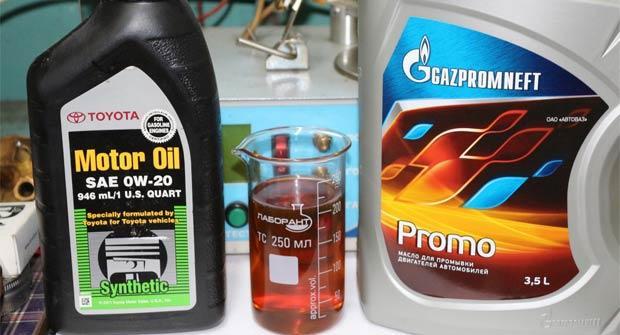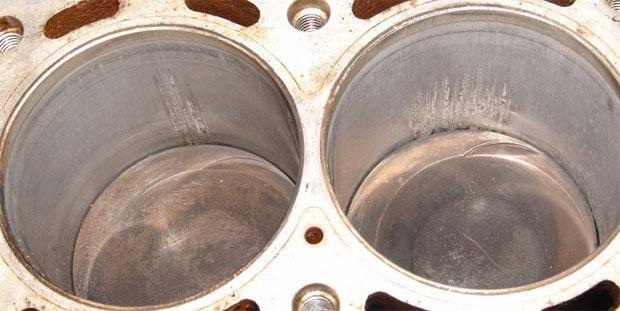
Can I drive flushing oil?
How long should an engine run on flush oil?
Flushing oils, unlike five-minute products, consist of a full-fledged mineral base and a special additive package. This package has reduced the number of protective, anti-seize and anti-friction properties (which make up the main cost) and increased the content of calcium components. Additionally, surfactants have been added to the washing oils, which enhance the cleaning effect. Therefore, flushing oils have an off-scale alkaline number.
Most instructions for flushing oil recommend letting the engine idle for 10 to 30 minutes after filling it. After that, you need to drain this oil, change the filter and fill with regular grease.


And the engine with flushing oil should run exactly as much and exactly in the same mode as indicated in the instructions. If it is written that the engine should be idling, you can not add speed, and even more so drive a car. Also, you can not exceed the regulated period of work. This will not help clean the motor better. But it can damage the engine.
But if the manufacturer allows driving with flushing oil, this can be done and even necessary. It is only necessary to carefully read the instructions and do not exceed the permissible speed, load or mileage.


Consequences of driving on flushing oil
The consequences of driving a car with flushing oil in the crankcase depend on the design of the engine, the mode of operation of the car and the characteristics of the lubricant itself. In any case, in one way or another, the following consequences will come.
- Friction pairs will begin to wear out faster, since the flushing oil contains a depleted composition of protective, antiwear and extreme pressure additives.
- The turbine and catalyst (particulate filter) will begin to suffer. These internal combustion engine elements are especially sensitive to poor lubricant quality.
- Due to the increase in friction in the mating surfaces, the overall temperature of the internal combustion engine will increase. This can lead to local overheating of some parts and damage to them.
- Sooner or later, the opposite effect will come. At some point, the flushing oil will exhaust its cleaning potential and become saturated with dissolved sludge. Under the influence of high temperatures and loads, the base will begin to oxidize and degrade. And the same flushing oil, which was supposed to clean the motor, will itself create deposits.


It is worth noting that for old and simple engines running at low speeds, in which there is no turbine, flushing oil is not so dangerous. And if you drive a little more without a load than the manufacturer prescribes, nothing terrible, most likely, will not happen. The margin of safety and initially low requirements for the quality of fuels and lubricants will allow such a motor to work for some time on flushing oil without significant consequences.
//www.youtube.com/watch?v=86USXsoVmio&t=2s